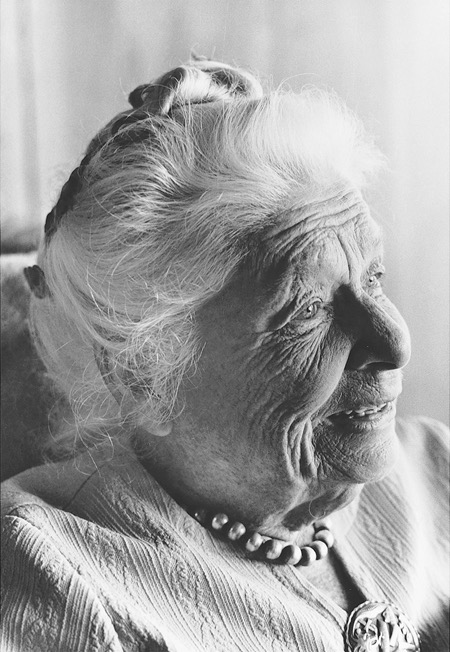About Rolfing Structural Integration
Rolfing Structural Integration is a holistic system of bodywork developed by Dr. Ida P. Rolf. It focuses on the body's fascial network – the interconnected web of connective tissue that surrounds and supports muscles, organs, and bones. Through precise, hands-on manipulation and movement education, Rolfing aims to release chronic tension and realign the body in gravity, leading to greater ease, balance, and freedom.
"I didn't know I was at war with gravity, until I wasn't anymore."
What is Fascia and Why Does it Matter?
Fascia is a highly adaptable, intricate system that encases every muscle fiber, muscle, group of muscles, and even organs, forming a continuous, three-dimensional web throughout your entire body. When healthy, fascia allows for fluid, effortless movement. However, due to injuries, habitual postures, emotional stress, or repetitive movements, fascia can become stiff, thickened, and adhered, leading to restrictions, discomfort, and a feeling of being 'stuck'.
Imagine pulling on one corner of a sweater; the tension affects the entire garment. Similarly, a restriction in your fascia in one area can create imbalances and pain in seemingly unrelated parts of your body. Rolfing works directly with this fascial network, softening and lengthening it to restore its natural elasticity and glide.
How Does Rolfing Work?
Rolfing sessions involve slow, sustained pressure and movement. A Certified Rolfer observes your posture and movement patterns, identifying areas of restriction and imbalance. Through skilled touch, they apply pressure to release tension in the fascial tissues, encouraging the body to lengthen and re-establish more optimal relationships between its parts.
Beyond the hands-on work, Rolfing also incorporates movement education. You'll learn how to use your body more efficiently in everyday activities, fostering new, healthier patterns. This combination of structural release and movement awareness helps to integrate the changes, making them lasting and empowering you to maintain your newfound balance.
The Rolfing 10 Series
While individual sessions can be beneficial, Rolfing is most often delivered as a progressive series of sessions, typically ten, known as 'The Ten-Series.' This systematic approach addresses the entire body, gradually opening up restrictions and balancing the structure from superficial to deeper layers, and then integrating those changes into fluid movement.
Each session in the Ten-Series builds upon the last, focusing on specific goals to systematically improve your body's organization and alignment. It's a comprehensive process designed to create lasting structural change and enhance your overall well-being.
The History of Rolfing
Rolfing Structural Integration was pioneered by Dr. Ida P. Rolf (1896-1979), an American biochemist. With a Ph.D. in biochemistry from Columbia University, Dr. Rolf spent decades researching and experimenting with how to improve human structure and function. Her work led to the development of a unique system that considers the whole person – mind, body, and gravity.
Dr. Rolf observed that lasting change in the body's structure required addressing its relationship to gravity. She formulated her system on the principle that if you can align the body with gravity, gravity supports rather than compresses it. Her pioneering work laid the foundation for modern fascial manipulation and continues to influence somatic therapies worldwide.

Who Can Benefit from Rolfing?
Rolfing is suitable for almost anyone seeking to improve their physical well-being. This includes individuals experiencing chronic pain, limited movement, poor posture, or those looking to enhance athletic performance, recover from injuries, or simply feel more comfortable and balanced in their own skin. It's a journey towards greater self-awareness and physical freedom.
